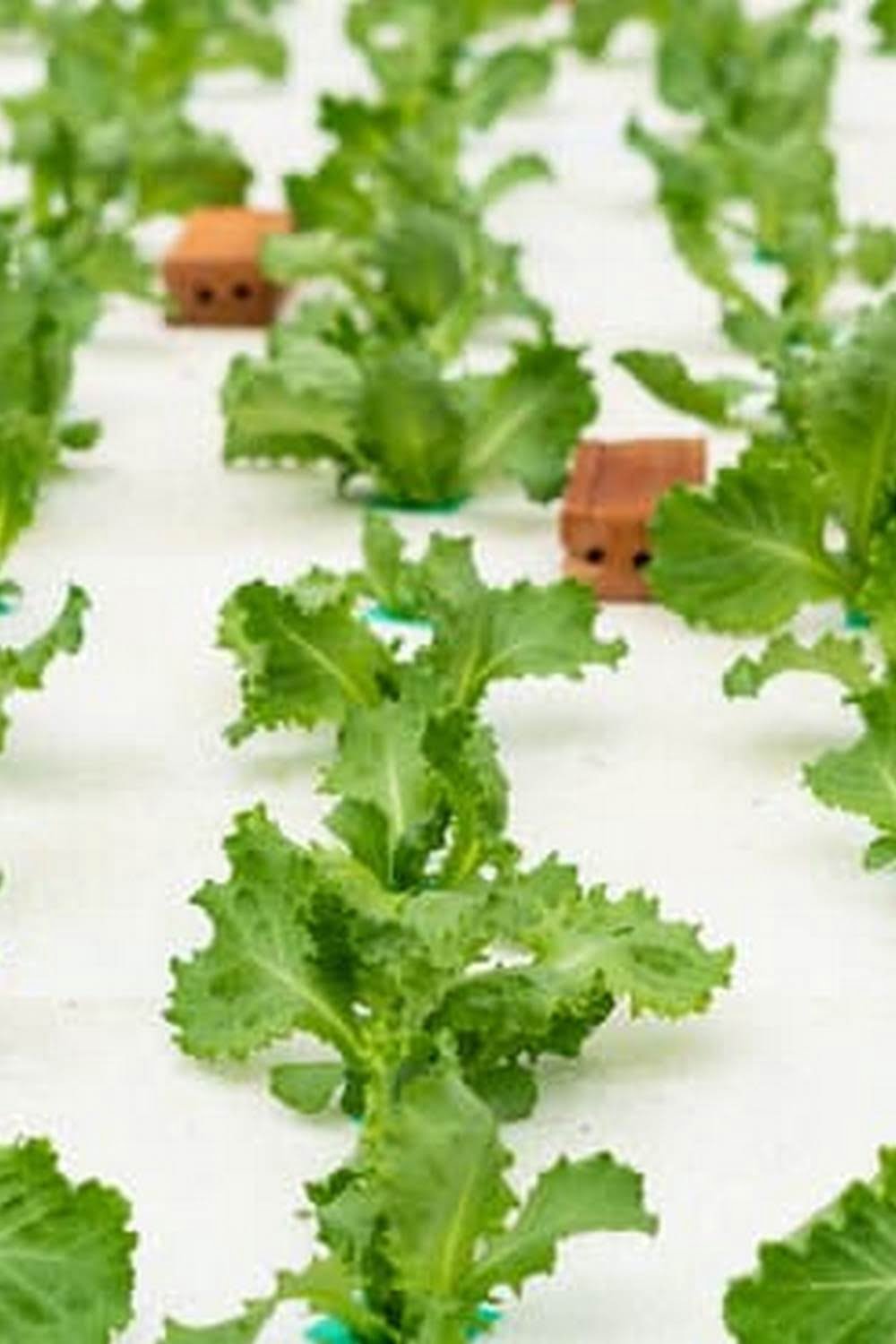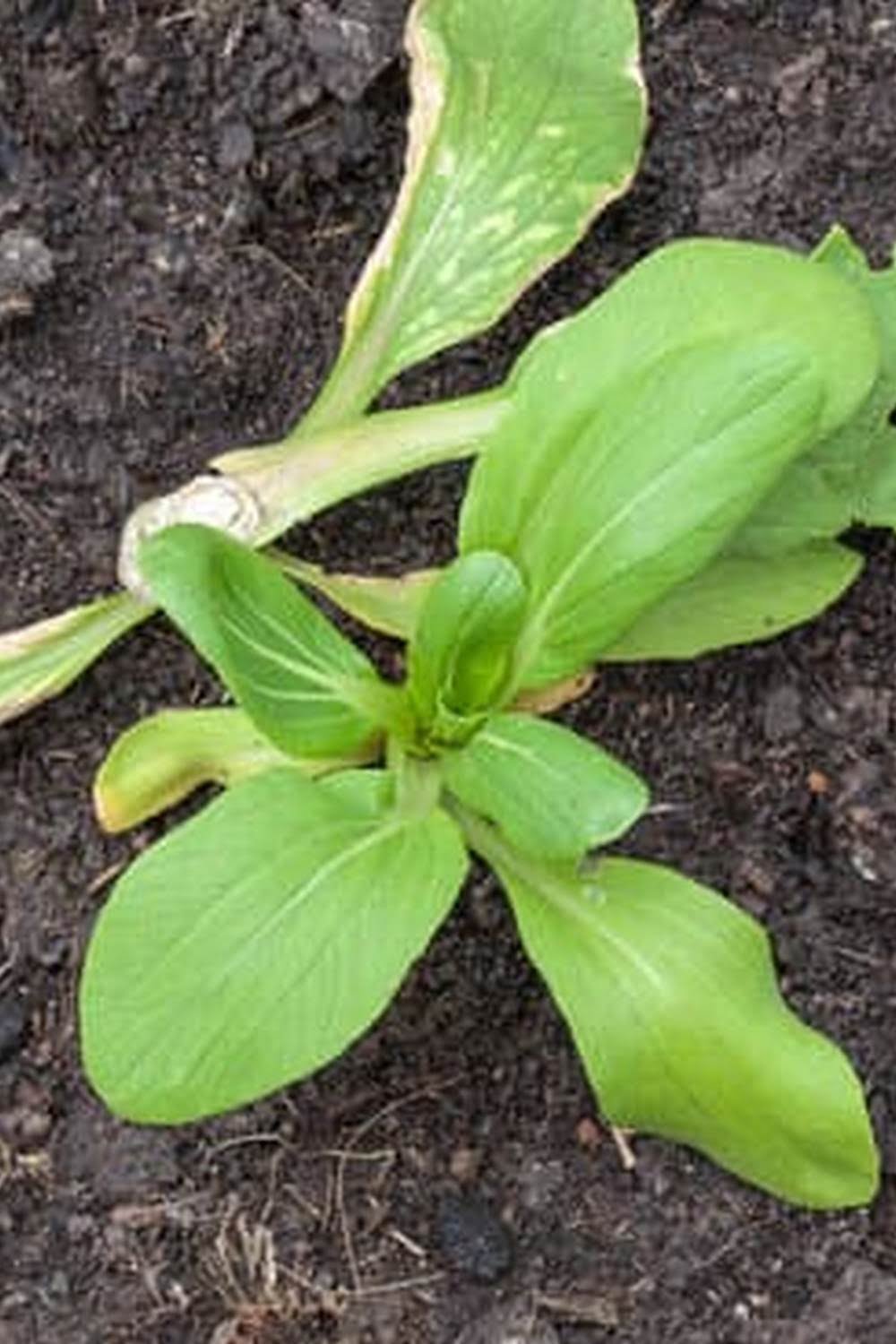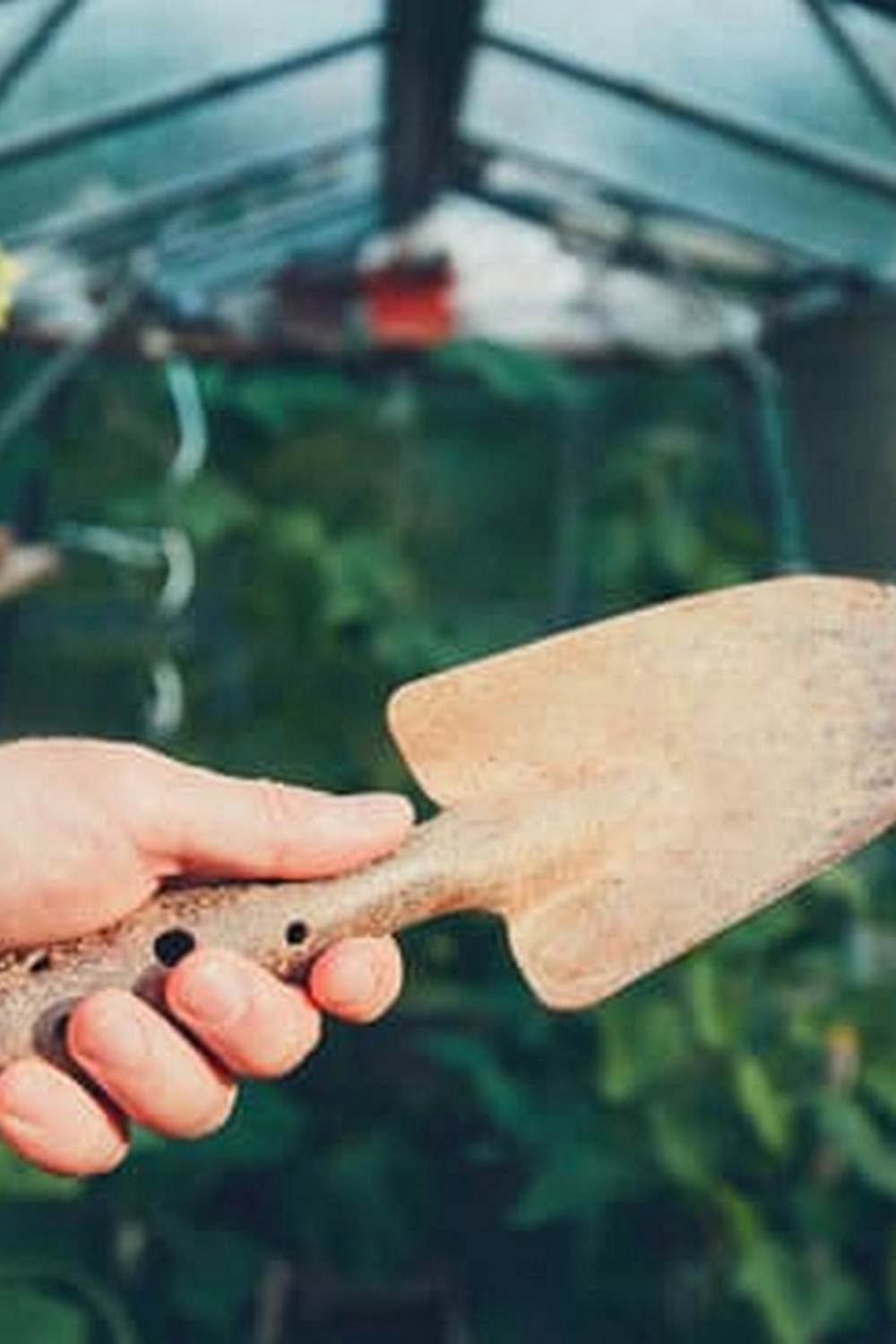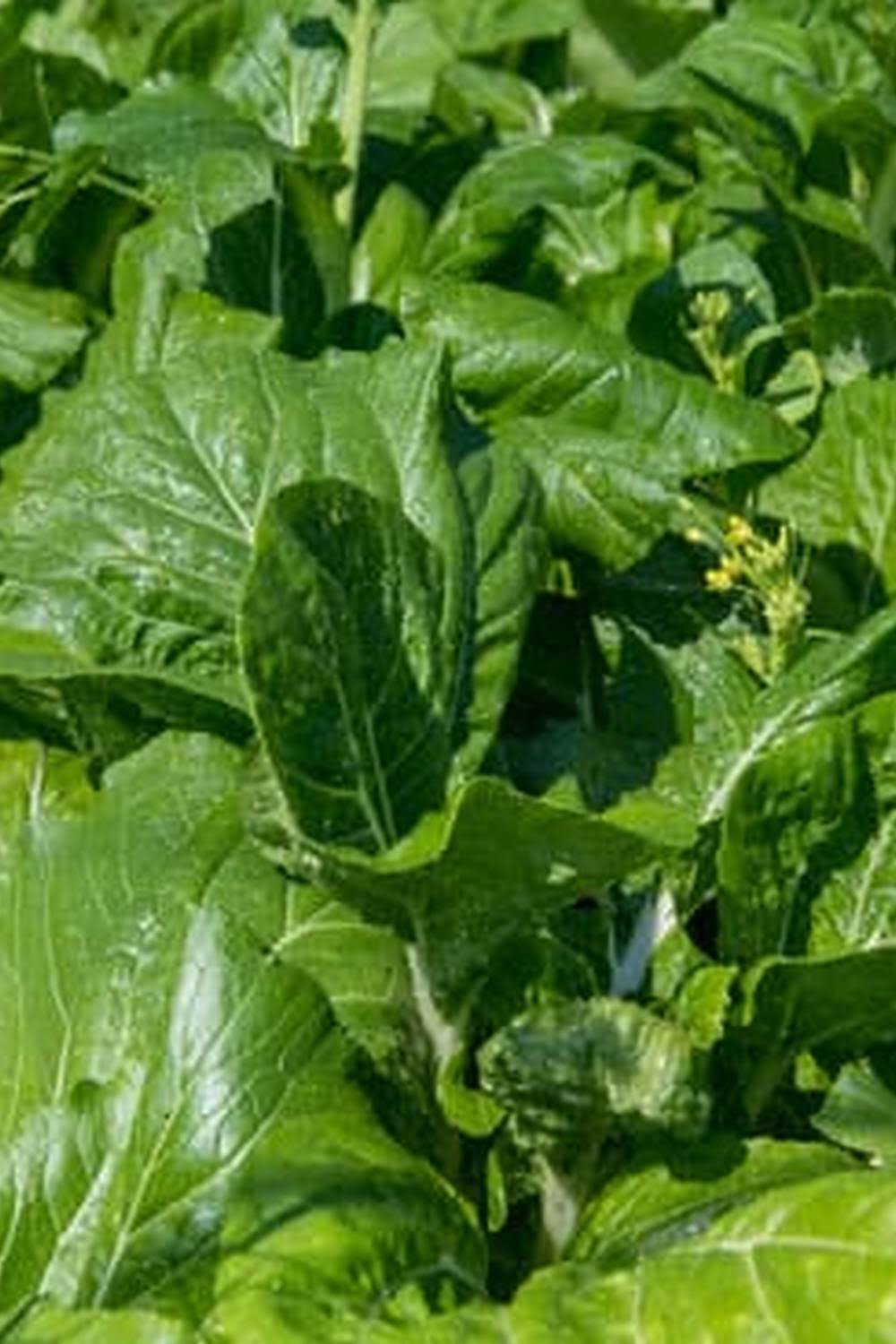Diy Vegetable Garden Soil Mix
One of the most important aspects of vegetable gardening is the soil mix. The mix you use will affect the health and productivity of your plants, so it’s important to get it right.
There are many recipes for vegetable garden soil mix, but all of them have the same basic ingredients: soil, compost, and organic matter. The proportions of these ingredients will vary depending on the recipe, but the basic mix is usually two parts soil, one part compost, and one part organic matter.
You can buy soil, compost, and organic matter from a garden center, or you can make your own. If you make your own, be sure to use organic ingredients to avoid introducing pollutants into your garden.
To make your own vegetable garden soil mix, start with a soil test to determine the pH and nutrient levels of your soil. The pH should be between 6 and 7, and the nutrient levels should be high enough to support vegetable growth.
If your soil is not suitable for vegetable gardening, you can improve it by adding organic matter. Organic matter will improve the structure of the soil, increase the water retention, and improve the nutrient and oxygen levels.
You can add organic matter to your soil mix by using compost, mulch, or green manure. Compost is the best option, because it is made from organic materials and it contains all the nutrients your plants need.
Once you have determined the pH and nutrient levels of your soil, and added any necessary organic matter, you can mix up your soil mix. Start by mixing the soil and organic matter together in a large container. Then add the compost and mix it in well.
The mix should be damp but not wet. If it is too wet, add more soil. If it is too dry, add more water. Once the mix is ready, it’s time to plant your vegetables.
The vegetable garden soil mix described here is a general mix that will work well for most vegetables. However, you may need to adjust the mix depending on the type of vegetables you are growing.
For example, root vegetables like carrots and potatoes do better in a soil that is high in potassium and low in nitrogen, while leafy vegetables like lettuce and spinach do better in a soil that is high in nitrogen and low in potassium.
So, be sure to test your soil and adjust the mix accordingly. With a little bit of experimentation, you can create the perfect soil mix for your vegetable garden.
Best Way To Get Soil Ready For A Vegetable Garden
If you plan to have a vegetable garden, the best way to get your soil ready is by amending it with organic matter. This can be done by adding compost, manure, or other organic matter to the soil. This will help to improve the structure of the soil, and will also help to improve the fertility and water-holding capacity of the soil.
Another thing that you can do to improve your soil is to add some type of soil amendment. This can be done by adding lime, sulfur, or other soil amendments to the soil. This will help to improve the pH of the soil, and will also help to improve the fertility of the soil.
If you are having trouble with your soil, it is a good idea to have it tested. This can be done by taking a soil sample to your local Cooperative Extension office. They will be able to test the soil and tell you what you need to do to improve it.
How Much Soil Do I Need For Vegetable Garden
?
The amount of soil you need for a vegetable garden depends on how big your garden is. You’ll need at least 10 cubic feet of soil for every 100 square feet of garden. If you have a smaller garden, you can get away with using less soil, but your plants will be healthier and produce more vegetables if you use more soil.
You can buy soil from a garden center or you can make your own by mixing compost, topsoil and sand in equal parts. If you make your own soil, you’ll need about 1 cubic yard of soil for every 100 square feet of garden.
If you’re starting a new garden, you’ll need to prepare the soil before you plant anything. Dig a hole in the ground and mix the soil you removed from the hole with some compost or manure. Then, spread the soil over the garden bed and rake it smooth.
Best Soil Brand For Vegetable Garden
There are many different soil brands on the market, but not all of them are created equal. When it comes to finding the best soil brand for your vegetable garden, it’s important to do your research and find a product that will provide your plants with the nutrients they need to thrive.
One of the best soil brands on the market is FoxFarm. This brand is known for its high-quality, organic soils that are perfect for vegetables. FoxFarm’s soils are enriched with compost and other organic matter, which helps to improve the soil’s structure and fertility.
Another great soil brand for vegetable gardens is Miracle-Gro. Miracle-Gro’s soils are enriched with nutrients that help plants to grow big and strong. They also contain a blend of organic matter that helps to improve the soil’s texture and structure.
If you’re looking for a soil brand that is specifically designed for vegetable gardens, then you should definitely consider FoxFarm or Miracle-Gro. These soils are specifically formulated to meet the needs of vegetables, and they will help your plants to grow and thrive.
Soil Mix For Raised Bed Vegetable Garden
The soil mix for a raised bed vegetable garden should have a good balance of nutrients and organic matter. It should also be well-drained so that water doesn’t stand in the bed and cause the roots to rot.
A soil mix for a raised bed vegetable garden can be made from a variety of ingredients, but a good mix should include organic matter, such as compost, peat moss, or leaf mold, and a balanced fertilizer. The organic matter will help to add nutrients to the soil and improve the texture.
The fertilizer should be a balanced fertilizer, such as 10-10-10, which will provide nitrogen, phosphorus, and potassium. The fertilizer can be mixed in with the organic matter, or it can be applied as a top dressing to the bed after the soil is in place.
Other ingredients that can be added to the mix include sand, vermiculite, or perlite. These ingredients will help to improve the drainage of the soil.
The soil mix can be prepared ahead of time and stored in a bin or bag until it is ready to be used.

If you’re looking to get into vegetable gardening, or are just looking for some tips on how to make your current garden better, then you’ve come to the right place! My name is Ethel and I have been gardening for years. In this blog, I’m going to share with you some of my best tips on how to create a successful vegetable garden.





